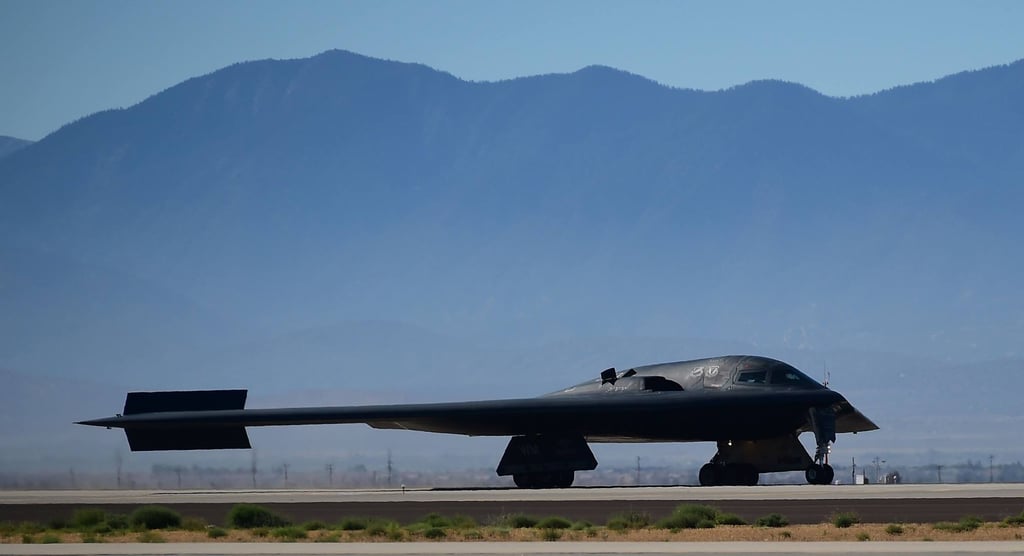How can you mass-produce high-performance stealth materials cheaply? Chinese military scientists have developed a groundbreaking method.
Their innovative, cost-effective coating can achieve both radar and infrared stealth, significantly reducing the interception rate of air defence systems using multiple detection methods.
For instance, Israel’s famed Iron Dome system uses radar to detect drones or ballistic missiles, and then launches missiles equipped with heat-seeking sensors to destroy the threats.
The new Chinese stealth coating is cheap to make, using ordinary industrial equipment such as a laser processing machine that is priced below 50,000 Chinese yuan (US$6,972) on China’s online shopping platforms.
And the only metal needed in the formula is iron.
“Iron is cheap and has a simple preparation process,” wrote the project team led by Jiang Fan, a scientist with the Naval Equipment Department, in a peer-reviewed paper published in the Chinese academic journal Hot Working Technology in July.
“Using metallic iron to prepare radar and infrared compatible stealth coatings has not been reported in public,” Jiang and his colleagues said.
Currently, only a few countries can produce stealth aircraft.
The coating, which plays a key role in the overall stealth design, needs to absorb radar waves and convert them into heat, while at the same time reducing the thermal signature of the aircraft, especially the engine area.
These contradictory requirements make the material complex and expensive.
For example, the cost of an American B-2 stealth bomber is three times the price of its own weight in gold.
Recently, China revealed a coating that can reduce infrared signal intensity by up to 98 per cent. But the material uses a large amount of precious metals such as gold and platinum.

However not all situations require the use of such expensive stealth materials, the scientists said.
“Metallic iron has a low infrared emissivity and also has a high magnetic permeability in the microwave frequency band, which is beneficial for stealth material design,” wrote Jiang’s team.
In their paper, they detailed the production procedure.
The outermost layer of the coating is made from pure iron film that is just 100 nanometres thick. Commercial magnetron sputtering equipment, which is commonly used to coat frames for spectacles, can be used to prepare this film, according to the paper.
About 80 per cent of the surface of the film needs to be covered with a periodic structure. Laser marking machines used to engrave company logos on souvenirs can be used for this microstructure.
Beneath the iron film is a layer of resin containing carbonyl iron flakes.
Carbonyl iron is a common chemical product composed of carbon, oxygen and iron, with a price that can be less than US$1 per kg.
Laboratory tests have shown that this composite coating not only efficiently absorbs electromagnetic waves but also reduces the intensity of infrared signals by more than 80 per cent.
This can significantly increase the difficulty for existing air defence systems to detect a small aircraft.
Most of the members of Jiang’s team come from Shaanxi Huaqin Technology Industry Co – one of China’s largest suppliers of military stealth materials.
While the paper details a large number of parameters used in the production process, such as laser power and pulse frequency, the researchers have omitted some key information, including the pattern of the laser-etched microstructure, so other countries cannot replicate the material.
The Chinese government has recently strengthened export controls on dual-use drones, components and technologies for military and civilian purposes.
However, the Ukrainian army claims that these measures have not prevented them from obtaining Chinese products.
In May, the UK government also told the media that they plan to increase procurement of drones and other products from China to support Ukraine.
Meanwhile, in June, some US government officials told CNN that the Iron Dome system may fail in the face of more advanced missile and drone attacks.



